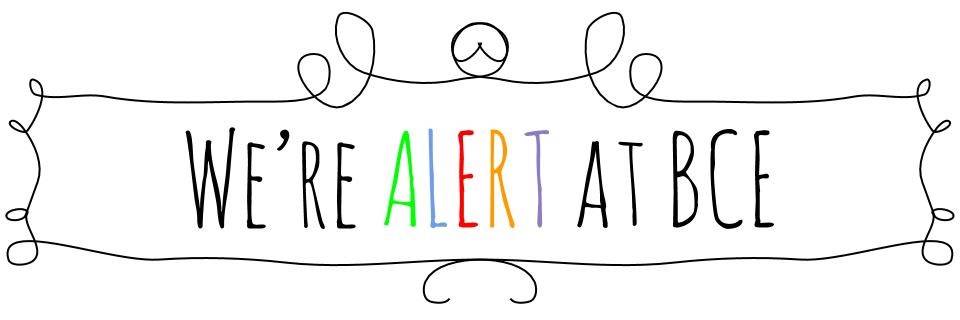We kicked off our Morphic Thinking morning routine where students warm-up with a spontaneous problem and boundary breaker. We will be including these weekly.
Spontaneous Problem: A spontaneous problem is a brainstorming type problem to be solved in a specific amount of time and scored according to the number and creativity of responses generated. The point is to challenge students to be flexible thinkers, to elaborate on original ideas and to think fluently and creatively about a specific topic.
Today's Spontaneous Problem: Name things in the ALERT room.
Boundary Breaker: A boundary breaker is a group experience which works toward creating a sense of community. Students gain an awareness of and respect for the opinion of others by the use of questions that go beyond superficial depth and have no right/wrong answers. Boundary Breakers also provoke a higher level of thought that merges cognitive and affective thinking.
Today's Boundary Breaker: What is thinking? Why is thinking important?
Carrying on with the same theme, students learned about the connections they make in their brain when they learn and how to strengthen these pathways. They were able to draw their conception of their brain, feel a brain, and use various resources to discover the parts of the brain and how they work together for your body to function. This year we want to be very intentional about building a growth mindset in students. It will be our goal to emphasize the part of effort and perseverance in learning and intelligence as something that can be grown or grow stagnant. To evaluate our current perspective on intelligence, we took the mindset quiz at this link. Feel free to take it yourself! We want to turn "I can't do it!" into "I can't do it yet!"
 |
| Touching a "brain"! |
 |
| Touching a "brain". |
 |
| Showing the difference between strong neural pathways and weak ones. |
We also took a pre-assessment for our upcoming math unit, solved the mystery of the Rubber Band Jar, and looked at critical thinking and different types of thinkers. Ask you child about Naive Nancy, Selfish Sam, and Fair-minded Fran. Students should recognize quality thinking as accurate, fair, clear, relevant, and logical.

No comments:
Post a Comment